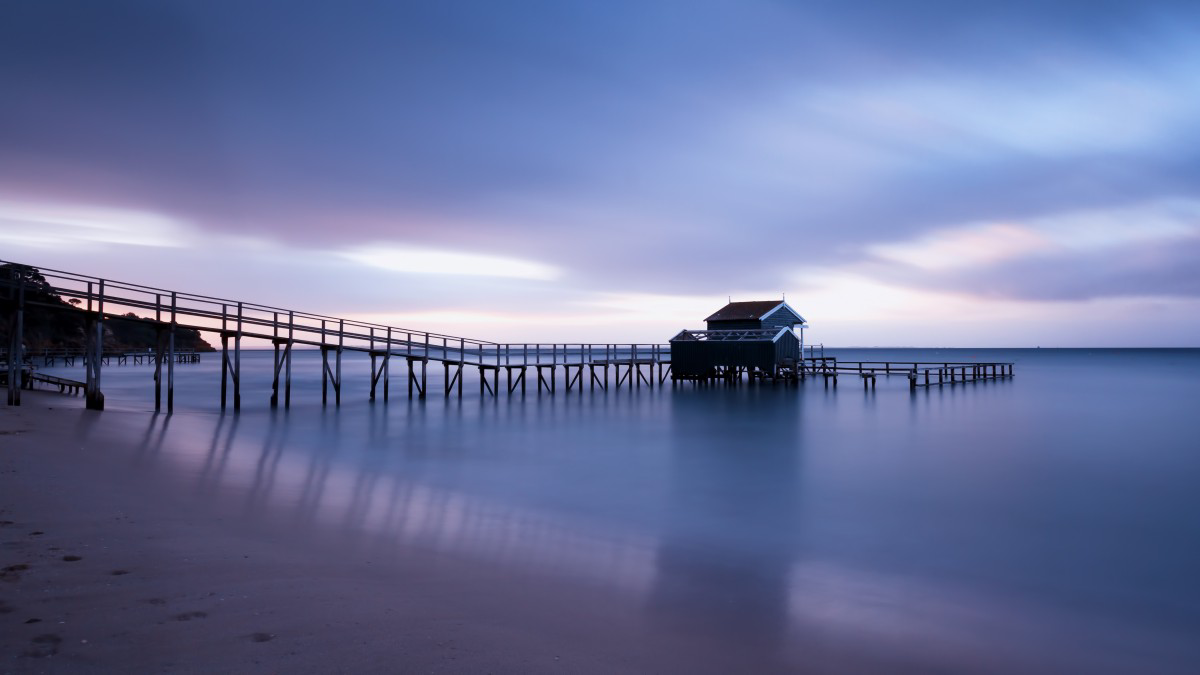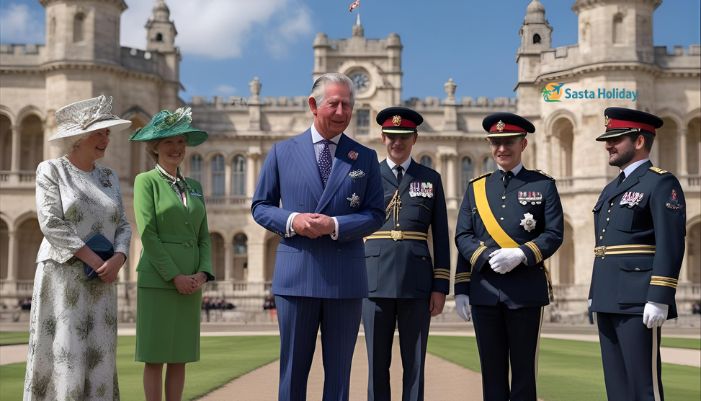King Charles is changing how royals travel. His new ideas are better for the planet and show that leadership can be both traditional and modern. Instead of flying and driving like before, he now uses cleaner fuel, electric cars, and eco-friendly planes. This shift is not just for show—it’s part of his lifelong mission to care for nature and lead by example.
Let’s take a closer look at what he’s doing, why it matters, and how it’s setting the tone for greener travel in the future.
Royal Cars Go Green
Biofuel-Powered Bentleys
The King’s famous Bentleys now run on biofuel. This special fuel is made from plants and waste, so it burns cleaner than gas. These changes started in 2024, and they show how even royal cars can help fight climate change.
Instead of buying new cars right away, the royal garage updated the current ones. This saves money and reduces waste. Over time, they plan to move to fully electric vehicles that don’t release any carbon at all.
Why it matters:
-
Less pollution from state events.
-
Shows that old cars can be made greener.
What’s Next? Electric Cars
Charles wants to go even further. He supports switching all royal cars to electric. These cars are quiet and don’t release harmful gases. He’s leading by example, encouraging the public to also think about eco-friendly transport.
Royal Helicopters Fly on Cleaner Fuel

New Helicopters, New Fuel
The royal family takes many helicopter trips—over 170 a year! That’s a lot of flying, and it used to create a big carbon footprint. So, Charles made a change.
In 2024, the royal family got two new helicopters. These can fly using Sustainable Aviation Fuel (SAF). SAF is made from things like used cooking oil and farm waste. It can cut flight emissions by up to 50%.
The King also helped set up a special SAF refueling station at RAF Odiham. It’s temporary for now, but by 2026, it’ll be permanent. That means royal helicopters can keep flying cleaner for years to come.
Why Use Helicopters at All?
Some people ask: “Why not just stop using them?” Well, the royal family often needs to visit remote places quickly. Using helicopters helps them fit many visits in one day. Now, they’re trying to do it in a better, greener way.
Using Sustainable Aviation Fuel (SAF)
What Is SAF and Why Is It Good?
Sustainable Aviation Fuel is a cleaner type of fuel made from waste. Unlike regular jet fuel, it doesn’t come from oil. Using SAF helps cut down on pollution without needing to change the aircraft.
When the Red Arrows flew over Buckingham Palace during the King’s birthday, they used a 40% SAF mix. It was the first time ever in a royal flypast. That’s a big deal!
Building a Greener System
The King’s plan isn’t just about his own travel. By using SAF and building refueling stations, he’s helping to grow the whole clean fuel industry. Other people—like airlines and private jet owners—can follow his lead.
Greener Royal Homes
Solar Panels and Smart Heating
Travel isn’t the only thing King Charles is greening. His homes are getting upgrades too. Here’s what’s been added to places like Sandringham and Windsor:
-
Solar panels on rooftops
-
Heat pumps for smart heating
-
Biomass boilers
-
LED lights and smart meters
Most royal homes now get about 90% of their energy from clean sources. Even the gas lanterns at Buckingham Palace are being converted to run on electricity—keeping the look, but cutting the emissions.
Waste and Wildlife
These green homes also care about nature. They:
-
Compost food waste
-
Recycle electronics
-
Reuse rainwater
-
Grow wildflowers and native plants
-
Have beehives to support local bees
This all helps reduce waste and increase biodiversity.
Leading Green Projects Around the World
Terra Carta: A Plan for the Planet
In 2021, Charles launched the Terra Carta, a plan that asks businesses to protect nature. It’s like a “green guidebook” for companies.
Travel companies like airlines, cruise lines, and hotels are part of this. They’re being asked to:
-
Use less plastic
-
Cut emissions
-
Support clean energy
-
Protect local cultures
Sustainable Markets Initiative (SMI)
Charles also started the Sustainable Markets Initiative (SMI). It connects companies, governments, and people to create real change.
Through SMI, companies in tourism are working together on:
-
Electric transport
-
Eco-friendly resorts
-
Local, low-impact tours
Supporting Sustainable Tourism
Eco-Friendly Stays
Charles supports building eco-lodges on royal land, especially in rural areas. These places use local materials, solar power, and natural heating. They also support small farms, crafts, and nature tours.
Visitors learn about the land and local traditions. It’s a slow, simple kind of travel—but rich in meaning.
Good for People and the Planet
Eco-tourism brings jobs to small towns and protects culture and nature. By promoting these trips, Charles is showing how we can travel in a way that gives back—not takes away.
Teaching the Next Generation
Youth Programs and Tree Planting
Charles often talks to young people about climate action. He’s teamed up with schools, libraries, and publishers to create fun, learning-focused programs.
On a trip to Kenya, he even planted a tree with Karen Kimani, a young climate activist. It showed how kids and leaders can work together for the Earth.
Fighting Plastic Pollution
He also supports the UN’s Tide Turners Program. It’s a youth-led effort to reduce plastic use. Over 780,000 young people have taken part so far. These small actions, done by many, add up to big change.
Read More:
Is Frontier a Good Airline? Honest Guide for Travelers
Royal Fashion and Food: Simple but Smart
Clothes with a Conscience
Charles wears clothes made from organic cotton, local wool, and natural dyes. He prefers items that last a long time and can be repaired.
Food that’s Kind to the Planet
At royal events, the King often chooses vegetarian or sustainable seafood options. He believes that what we eat—and how it’s grown—matters.
FAQs
Conclusion
King Charles is proving that even royal travel can be sustainable. His changes—from biofuel cars to SAF helicopters, solar-powered homes to eco-tourism—are real steps, not just promises.
He knows that change takes time. But he’s moving forward, one green mile at a time.
If a king can go green, maybe we all can. Even small changes—taking a train, choosing eco-lodges, planting a tree—can make a big difference when we do them together.


